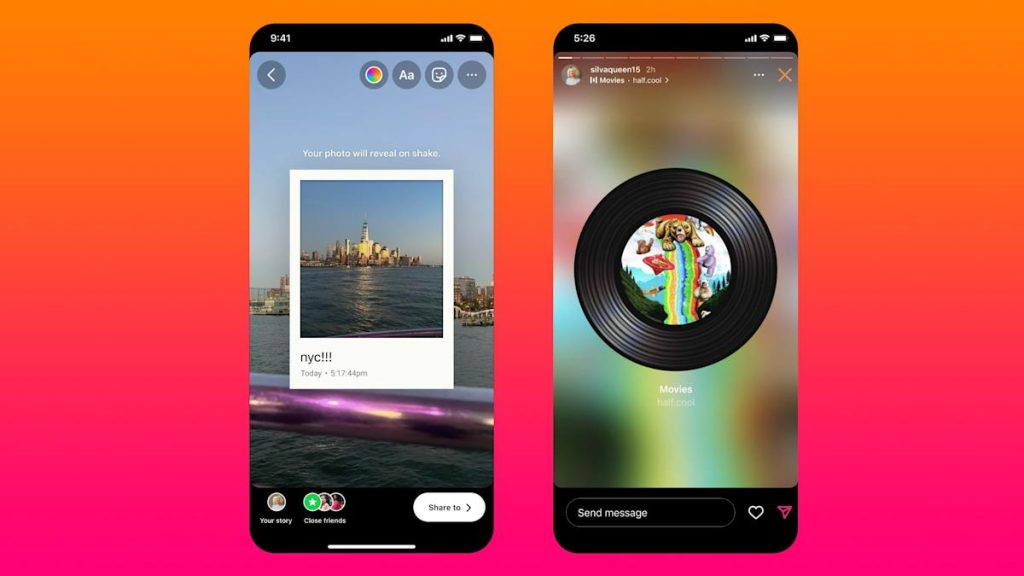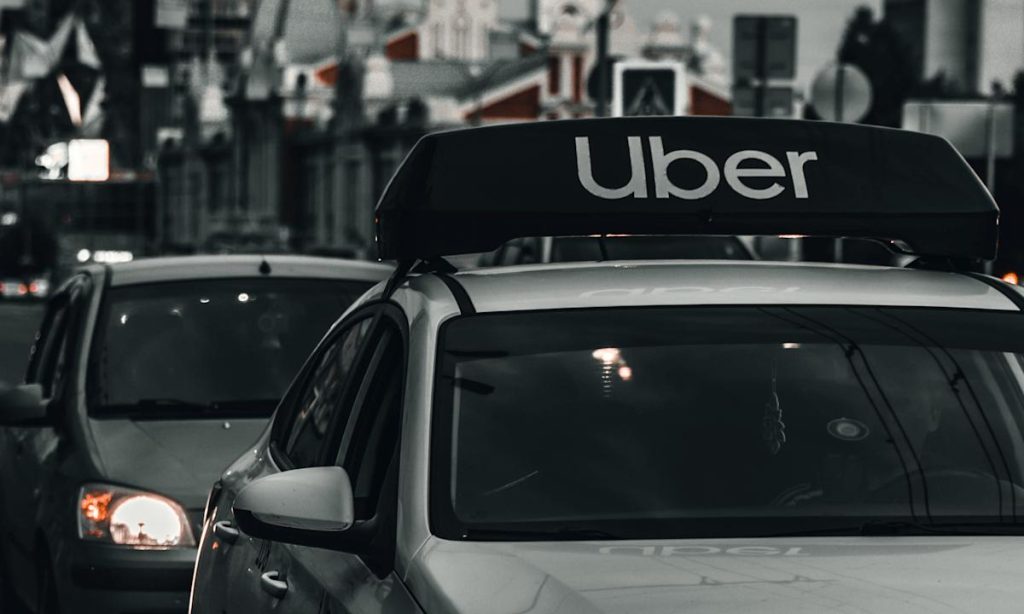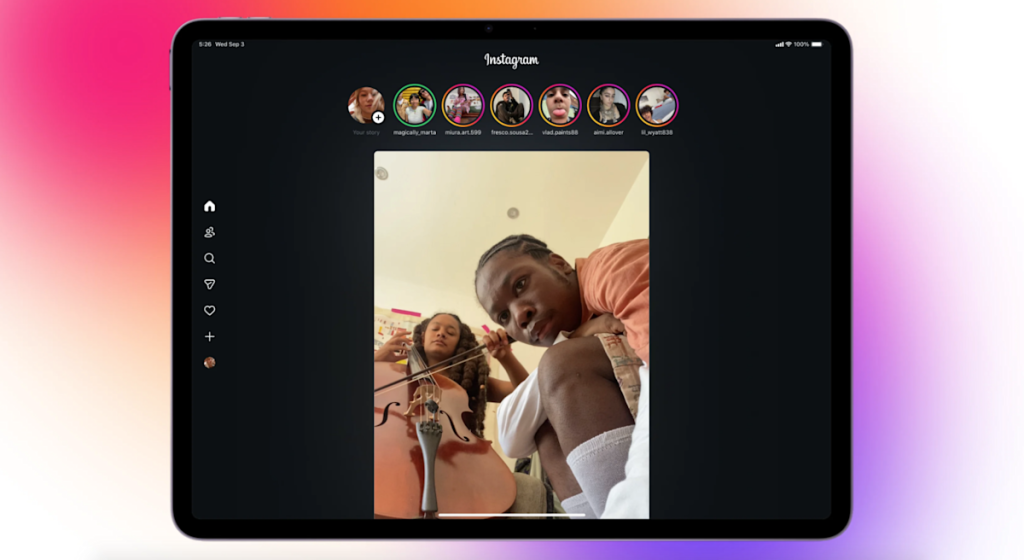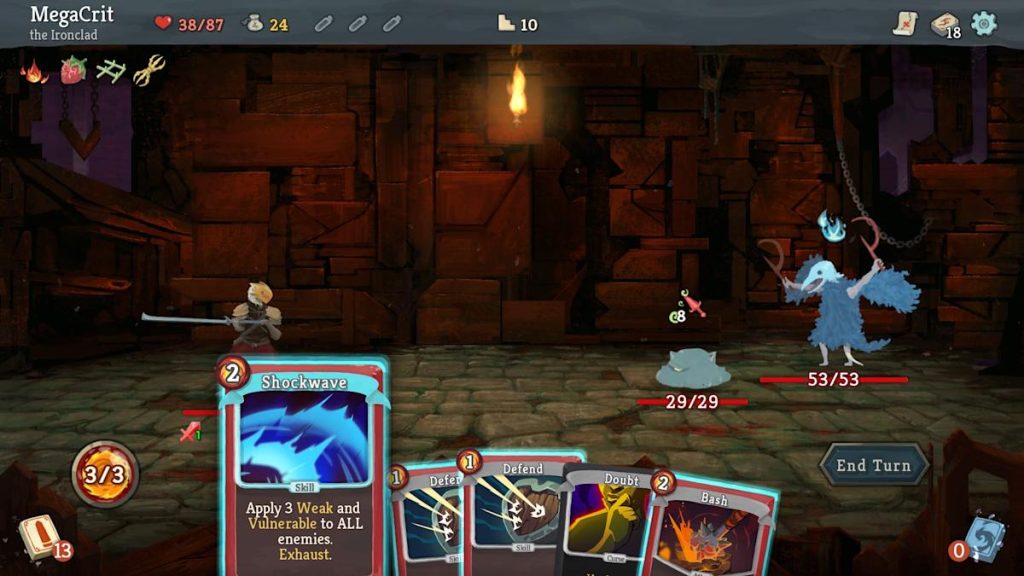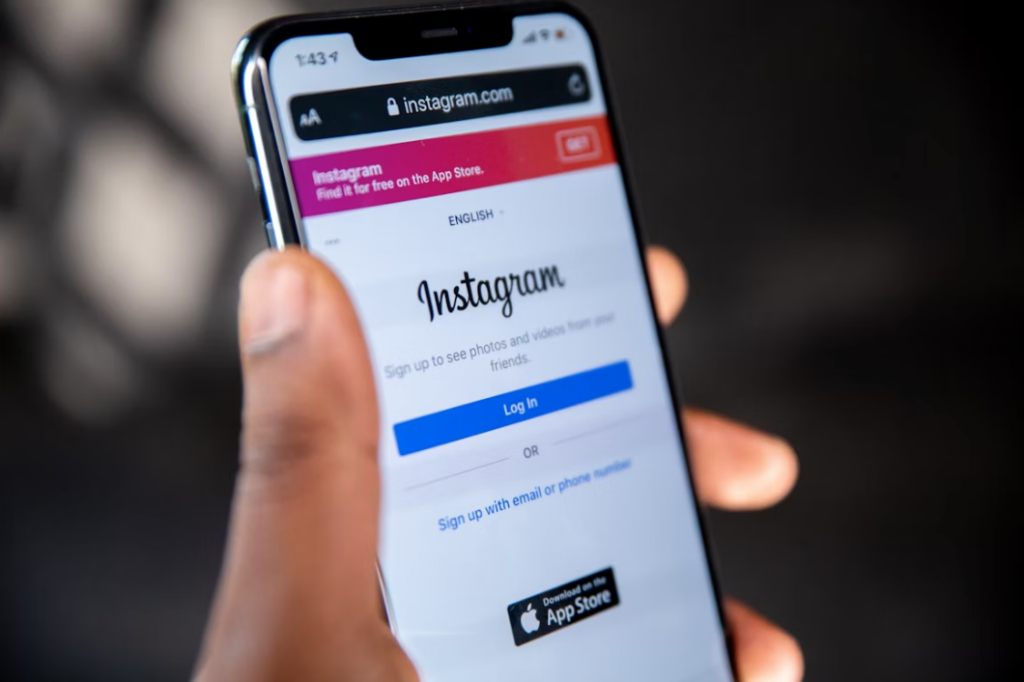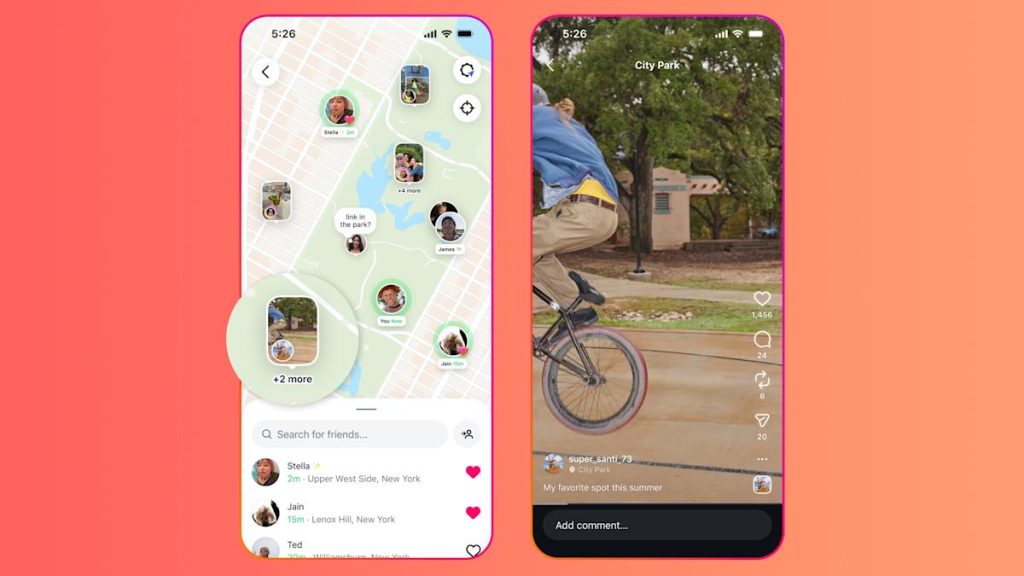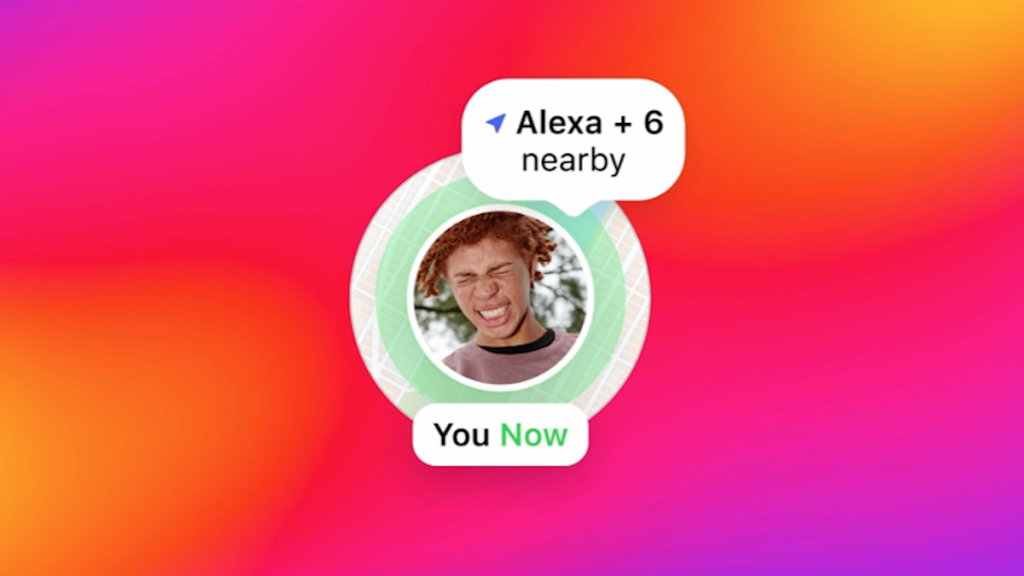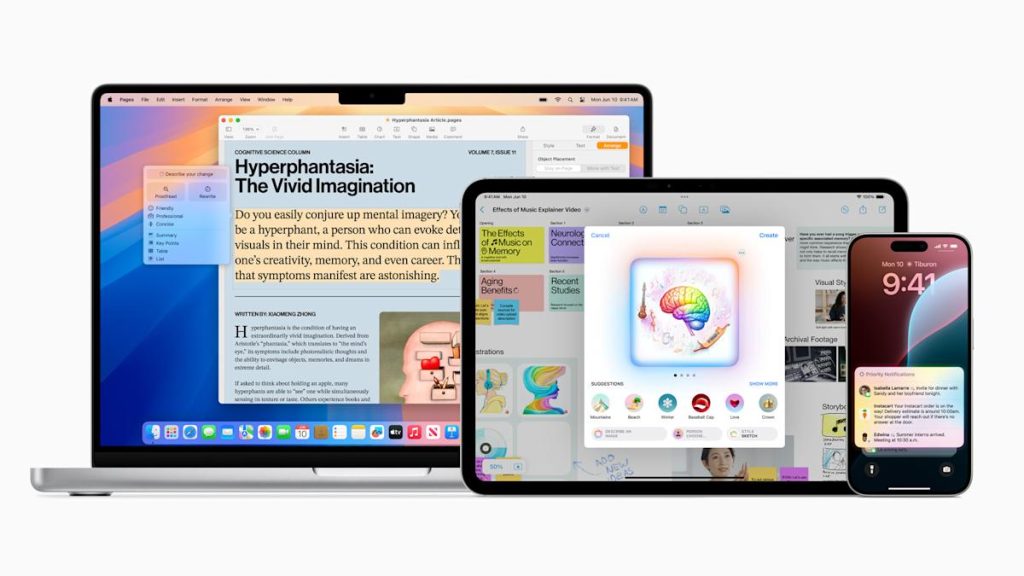Adam Mosseri says ‘people are confused’ about how the Instagram map works
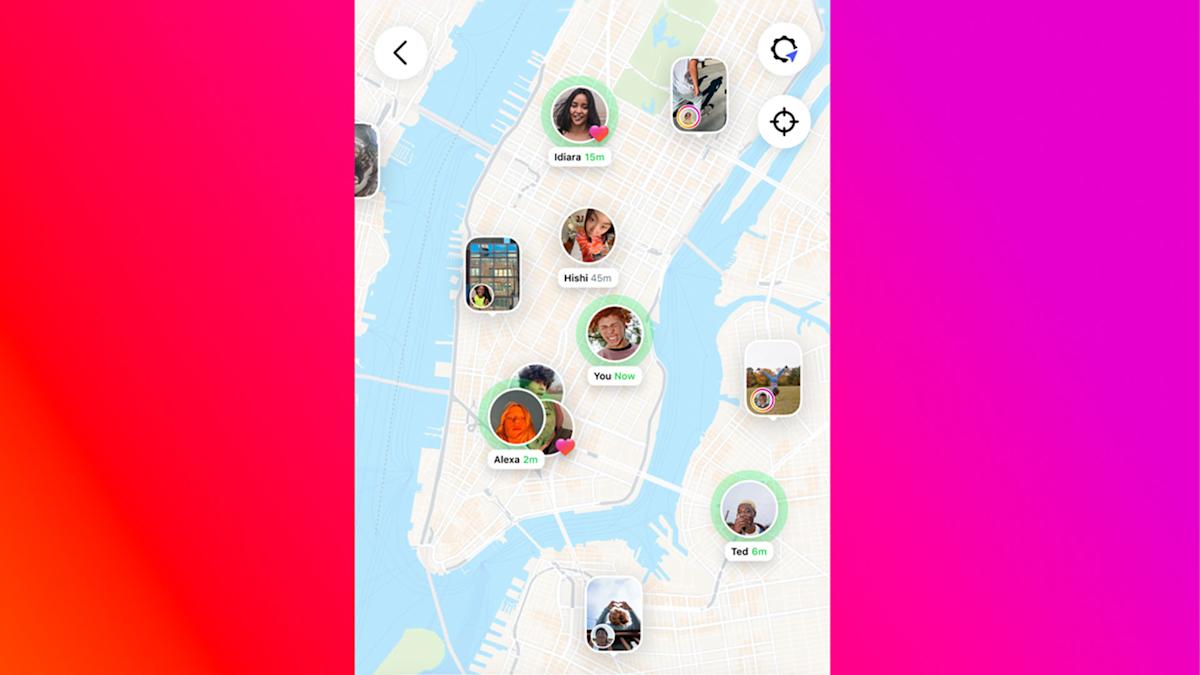
Yesterday, Meta introduced a that’s almost identical to Snapchat’s Snap Map. The feature has quickly sparked a backlash, though, and not just because it’s yet another example of Instagram ripping off a Snapchat feature.
While the map requires users to opt-in to share their location, many users were surprised and alarmed to see that their Instagram map was already populated with the locations of some accounts when it launched. That’s because the map automatically pulls in location info when someone has recently shared a Story or Reel with a location tagged.
For example, I posted a Story that tagged San Francisco’s botanical gardens and it tagged me there on Instagram’s map even though I have my map location set to share with “no one.” This isn’t that different from how Instagram has worked in the past: location tags have always been visible to your followers, and the app has always had a map view that let people see public posts that have been tagged with specific places.
My story post tagged me on Instagram’s map even though location is set to “no one” because I tagged a location (in this case San Francisco’s botanical gardens).
(Instagram screenshot)
But Instagram’s map makes this information much more prominent and easy to access. While before you would have to tap into specific posts to see location tags, the new map puts all of this into a single view. Depending on how often you tag locations, this can make it seem like your real-time info is being shared, even when it isn’t.
All that, combined with Meta’s messy history with user privacy, has understandably ignited new concerns from people worried about their location being accidentally exposed by Instagram. Some users have questioned why the map exists at all given the potentially serious implications of unknowingly sharing your location with all of your Instagram mutuals.
It’s also led to a lot of misunderstanding. A number of prominent accounts on Threads have suggested that location sharing is on by default. At the time of this writing, “Instagram map” is the top trend on Threads, with more than 850,000 posts — most of which are privacy related. Instagram head Adam Mosseri has replied to more than a dozen accounts attempting to explain how it actually works.
Instagram map was the top trend on Threads due to widespread privacy concerns.
(Screenshot / Threads)
“We’re double checking everything, but so far it looks mostly like people are confused and assume that, because they can see themselves on the map when they open, other people can see them too,” Mosseri wrote in response to a Threads user people were reporting seeing themselves on the map without opting in. “We’re still checking everything though to make sure nobody shares location without explicitly deciding to do so, which, by the way, requires a double consent by design (we ask you to confirm after you say you want to share).”
How to check your Instagram Map settings
You can find the Instagram map by swiping over to your inbox and selecting the “map” icon at the top. The settings menu in the top right corner allows you to confirm who you want to be able to find you on the map: you can choose between “friends” (mutuals), “close friends” or a list of specific accounts. The default setting is “no one,” and the app also shows a red location arrow when “no one is selected.”
Instagram map settings.
(Instagram screenhsot)
It’s also worth checking whether you’ve tagged a location on any posts within the last 24 hours. If you have, then you’ll be tagged at that place on the map even if you’ve set your sharing settings to “no one.” Location tags only appear on the Instagram map for 24 hours, according to Meta, so it won’t keep a running log of everywhere you’ve been, and it won’t show your live location. Still, these tags could reveal more about your whereabouts than you intended. If you have tagged a place, you can either delete the post entirely or edit it to remove the tag, which should keep it from showing up on the map.
When you do opt to share your location on the map, the friends you select will be able to see where you’re at in real time. You can still set some limitations, though.
The map also has a “hidden places” feature that allows you to always hide specific locations that may be sensitive, like your home. The feature itself is, ironically, somewhat hidden. You can find it by tapping the “…” menu on the map’s location settings and choosing “hide places.” The app will then let you drag a pin on the map and choose a surrounding radius to hide. The feature works well if you want to hide the place you’re currently at, but it’s a bit clunky if you want to block off multiple locations because you can’t enter specific addresses.
Instagram map hidden places.
(Instagram screenshot)
Regardless, if you’re worried about exposing your whereabouts, the safest option is to keep location sharing set to “no one” and to not use location tags in any of your content. It’s unclear if Meta plans to change anything about how the Instagram Map works in response to user concerns.
“Instagram Map is off by default, and your live location is never shared unless you choose to turn it on,” a Meta spokesperson said in a statement. “If you do, only people you follow back—or a private, custom list you select—can see your location.”


